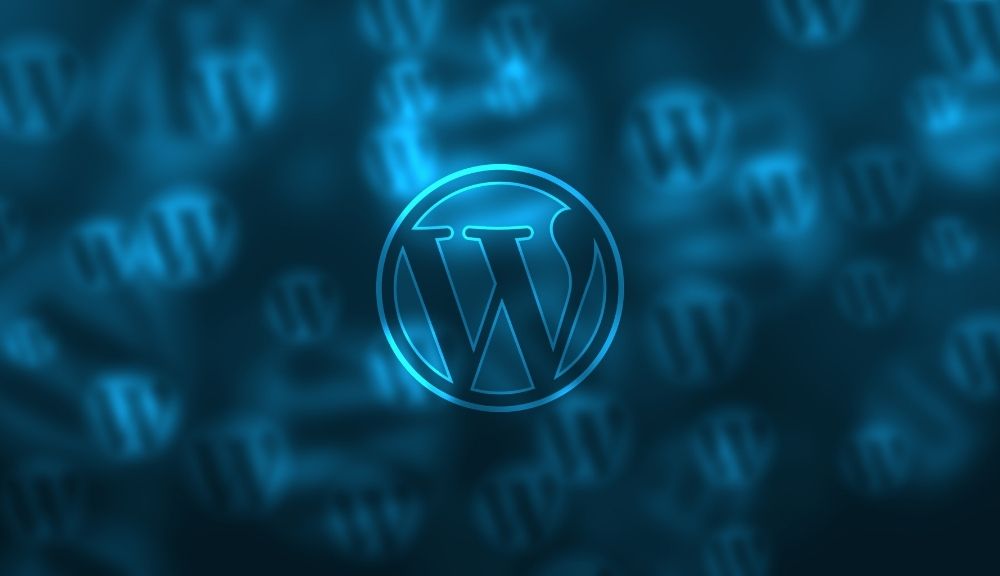
WordPress security is a subject of huge significance for every website owner. Google blacklists 10,000+ websites on an average every other day for malware and around 50,000 websites for email scams every week. There are a number of actionable procedures that you can take to save your website from vulnerability. This article will introduce some top WordPress security pointers to help you safeguard your website against malware and hackers. Security is not just about eliminating risks but also about reducing risks. As a website owner, you can do a lot to expand your WordPress security.
- Keeping WordPress updated
WordPress is an open-source software updated and maintained regularly. By default, it automatically initiates minor updates. However, it would help if you began the update manually for significant releases. WordPress also has thousands of themes and plugins that you can enroll on your website. These themes and plugins are maintained by third-party developers, which release updates regularly. These updates are essential for the security of your WordPress website. It would help if you ensured that your themes, WordPress core, and plugins are up to date.
- Strong Passwords and User Permissions
Weak WordPress password is the most common reason for hacking. You should use stronger and unique passwords for your website. Not only for the WordPress admin area but also for your FTP accounts, WordPress hosting account, database, and your custom email addresses that use the domain name of your site. You can use a password manager to remember strong passwords. Another way to decrease the risk is not to give WordPress admin account access to anyone unless you genuinely have to.
- Install a WordPress Backup Solution
Backups are your first shield against any WordPress attack.
Backups enable you to redeem your WordPress site in case something terrible happens. You can find many paid and free WordPress backup plugins. You must save full-site backups to a different location regularly, such as Dropbox, cloud service like Amazon, or Stash, depending on how often you update your website. This can quickly be done by using plugins like BlogVault or UpdraftPlus. They are both easy to use and, most importantly, reliable.
- Change the Default “admin” username.
Since the usernames make-up half of login credentials, it becomes easier for hackers to carry brute-force attacks. Thankfully, WordPress has a changed setting; Now, it asks you to select a custom username while installing WordPress. If WordPress doesn’t let you alter usernames by default, you can use these three methods to change the username.
- Delete the old username and create a new one.
- You can use the username changer plugin.
- Update username by using phpMyAdmin.
Conclusion These were the prime changes that you, as a website owner, must perform to protect your WordPress website. Other than these, you can also follow several other security options offered to maintain the website security. If you are serious about protecting your blog or websites, these steps are crucial to keeping your site away from hackers and malware.
